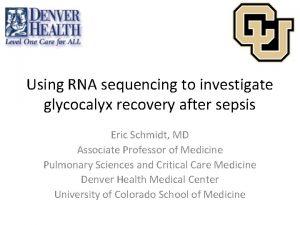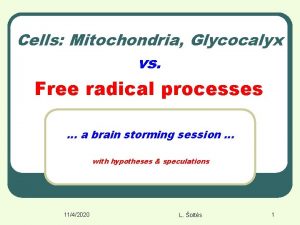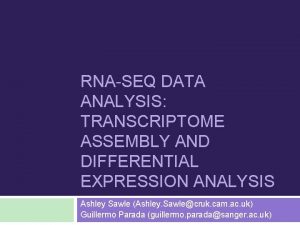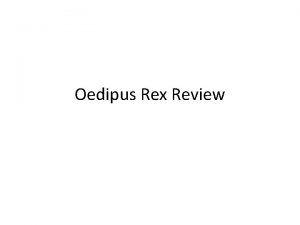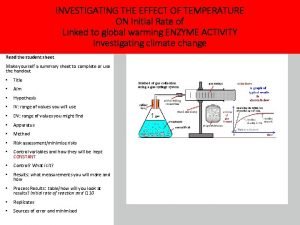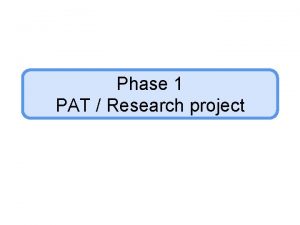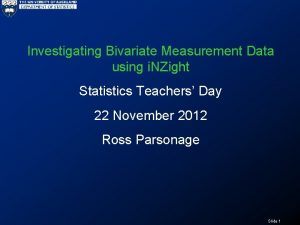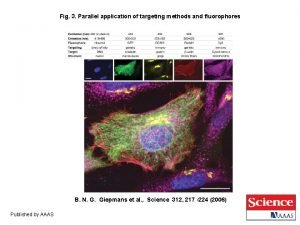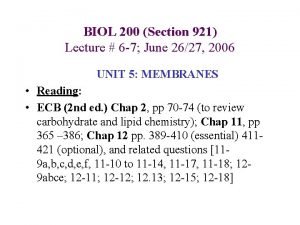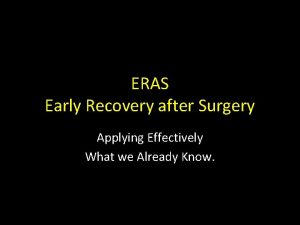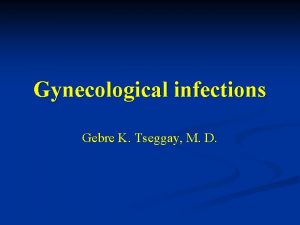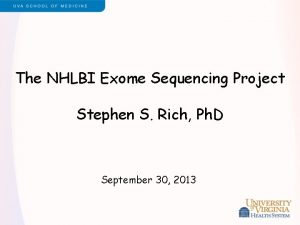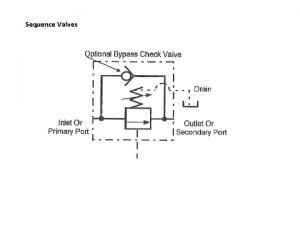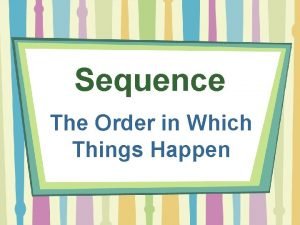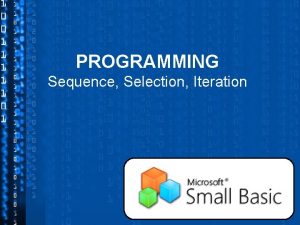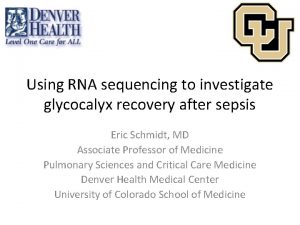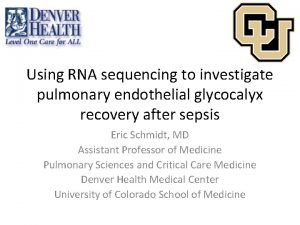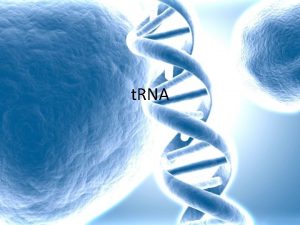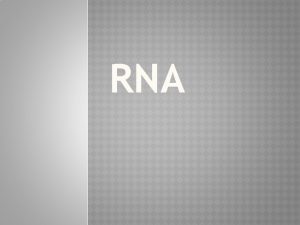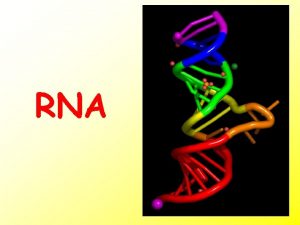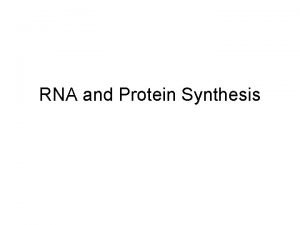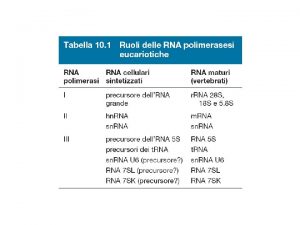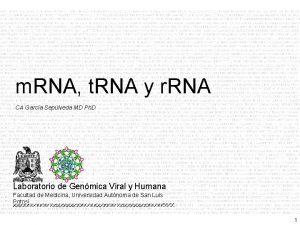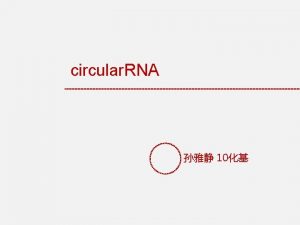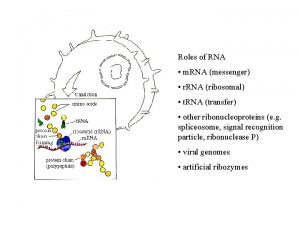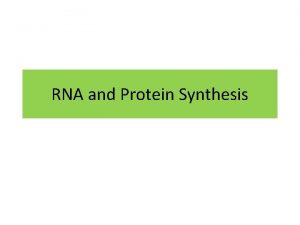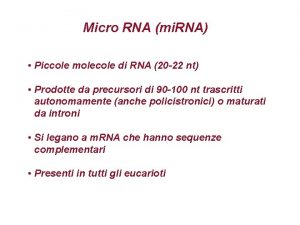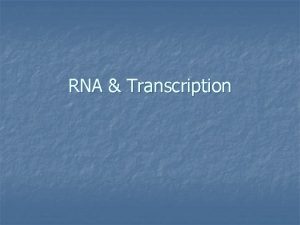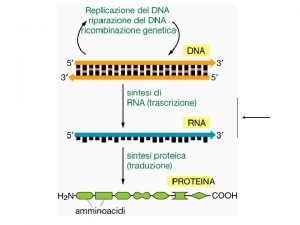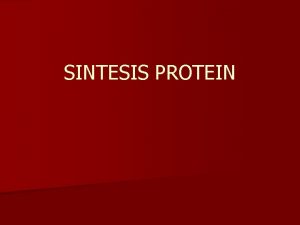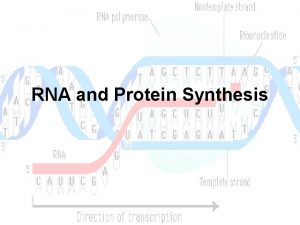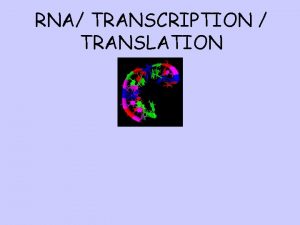Using RNA sequencing to investigate glycocalyx recovery after























- Slides: 23

Using RNA sequencing to investigate glycocalyx recovery after sepsis Eric Schmidt, MD Associate Professor of Medicine Pulmonary Sciences and Critical Care Medicine Denver Health Medical Center University of Colorado School of Medicine

Sepsis • “The systemic inflammatory response to infection” – Affects 30% of ICU patients worldwide (Vincent et al. Lancet Respir Med 2014) – Most common cause of in-hospital death in U. S. (Liu et al. JAMA 2014)

The ancient riddle of sepsis Majno G. JID 1991

Baron RM AJRCMB 2005

Baron RM AJRCMB 2005

Baron RM AJRCMB 2005

How sepsis kills Sepsis Organ Failure Mackenzie I , Lever A BMJ 2007; 335: 929 -932 Severe Sepsis/ Septic Shock Hospital mortality

Acute onset severe hypoxemia Noncardiogenic, neutrophilic edema High mortality, morbidity Commonly triggered by sepsis Acute respiratory distress syndrome (ARDS)

Have scientific advances translated into clinical benefit? • No therapy targeted at sepsis pathophysiology has ever improved patient survival – Anti-inflammatory therapies • Steroids • Antibodies against inflammatory mediators • Anti-pattern receptor agents – Manipulation of coagulation/inflammation All failed!

New ideas are needed! • New targets • New time points

The endothelial glycocalyx Goat coronary capillary van der Berg et al. Circ Res 2003

Glycocalyx and the endothelial surface layer (ESL) • Glycocalyx • ESL: the in vivo glycocalyx Van. Teeffelen et al. Trends Cardiovasc Med 2007

Measuring the endothelial glycocalyx in mice Ventilator tubing Heating plate (titrated to maintain stable rectal temperature) Arterial catheter for MAP, CO monitoring IV line for drug, colloid administration IV line for continuous anesthetic infusion

Sepsis and glycocalyx degradation LPS = 20 mg/kg at t = 0 n = 3 -6/group

Relevance of ESL to lung inflammation and injury? Van. Teeffelen et al. Trends Cardiovasc Med 2007

ESL degradation is necessary for septic ARDS onset in mice Schmidt et al. Nat Med 2012

Is glycocalyx protection clinically feasible? LPS = 20 mg/kg at t = 0 n = 3 -6/group

Importance of glycocalyx recovery? Nothing known!

Sepsis and glycocalyx recovery? LPS = 20 mg/kg at t = 0 n = 3 -6/group

Scientific question • What transcriptional events occur within the pulmonary microvasculature during glycocalyx reconstitution?

Modeling septic lung injury in mice • Cecal ligation and puncture – “Gold standard” for polymicrobial sepsis (Rittirsch et al. Nat Protocols 2009) – Lung injury may be augmented by moderate (60%) hyperoxia (Aggarwal et al. AJP-Lung 2010) • “Double-hit” model with clinical relevance

Lung harvest and RNA extraction • 48 hours after CLP/hyperoxia: – Mice euthanized – Pulmonary artery flushed with RNAlater • Periphery of lung harvested (endothelium-rich) • Kept in RNAlater overnight at 4 degrees C • Controls: sham/hyperoxia x 48 hours

Analysis expectations • Unbiased list of transcripts that are differentially expressed in CLP and sham – Hypothesis-generating • Are certain biological pathways overrepresented? – Heparan sulfate biosynthesis? – Proteoglycans?
 Bingmei fu
Bingmei fu Glycocalyx
Glycocalyx Glycocalyx
Glycocalyx Sam file
Sam file After me after me after me
After me after me after me If any man desires to come after me
If any man desires to come after me Lesson 4: parameters and return make
Lesson 4: parameters and return make What is the priest doing at the beginning of the play
What is the priest doing at the beginning of the play How to calculate initial rate of reaction
How to calculate initial rate of reaction How to investigate a problem
How to investigate a problem Investigate bivariate measurement data
Investigate bivariate measurement data Investigate reflection
Investigate reflection Fluorescence recovery after photobleaching
Fluorescence recovery after photobleaching Fluorescence recovery after photobleaching
Fluorescence recovery after photobleaching Early recovery after surgery
Early recovery after surgery Clumpy white discharge
Clumpy white discharge Ap csp sequencing
Ap csp sequencing Nhlbi exome sequencing project
Nhlbi exome sequencing project Expository writing process
Expository writing process Pressure sequence valve symbol
Pressure sequence valve symbol What are some clue words for sequencing?
What are some clue words for sequencing? Johnson's rule of sequencing
Johnson's rule of sequencing Sequencing iteration and selection
Sequencing iteration and selection Symbolic micro instruction
Symbolic micro instruction

